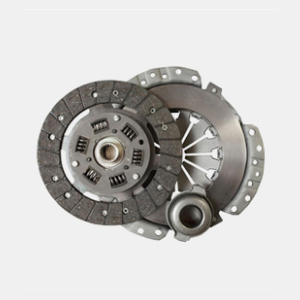bird prevention netting
Bird Prevention Netting A Comprehensive Guide
In recent years, the need for effective bird prevention measures has become increasingly relevant, especially for agricultural sectors, urban developments, and even private properties. Birds can be delightful creatures, but they can also pose significant challenges, especially when it comes to protecting crops, buildings, and public spaces. Bird prevention netting emerges as one of the most effective solutions to mitigate problems caused by birds. This article explores the advantages, types, installation procedures, and maintenance of bird prevention netting.
Understanding Bird Prevention Netting
Bird prevention netting consists of physical barriers that prevent birds from accessing specific areas. Made from various materials, including polyethylene, nylon, and polypropylene, these nets are designed to be durable and weather-resistant. They come in various mesh sizes, which are crucial to ensuring that they block larger birds while allowing smaller creatures, like non-target species, to pass through.
Advantages of Bird Prevention Netting
1. Crop Protection One of the primary reasons for utilizing bird netting is to safeguard crops. Birds are notorious for feeding on ripe fruits, seeds, and grains, resulting in significant losses for farmers. By installing netting over crops, farmers can dramatically reduce bird-related damages, ensuring a better yield.
2. Cost-Effective When compared to other bird deterrent measures, netting can be more cost-effective in the long run. While there may be initial setup costs, the reduction in crop losses and the need for less frequent replacements of crops can quickly offset these costs.
3. Versatile Applications Bird netting can be deployed in various settings, from vineyards and orchards to rooftop gardens and urban parks. Its versatility makes it a valuable tool for anyone looking to protect their property from avian intruders.
4. Environmental Friendly Unlike chemical repellents or traps, bird netting provides a humane way to keep birds away. It does not harm the birds, making it an environmentally friendly option that aligns with conservation efforts.
Types of Bird Netting
There are several types of bird prevention netting available on the market, depending on the specific needs of the user
- Lightweight Netting Ideal for protecting delicate plants and seedlings. Lightweight nets are easy to install and can be draped over plants without causing damage.
bird prevention netting

- Heavy-Duty Netting Suitable for larger birds and more industrial applications, heavy-duty nets are designed to withstand harsher conditions and can cover extensive areas without tearing.
- UV-Resistant Netting For outdoor use, selecting UV-resistant netting is crucial. This ensures that the netting maintains its integrity under sun exposure, extending its lifespan significantly.
Installation Procedures
Proper installation is key to ensuring the effectiveness of bird netting
. Here are some essential steps to consider1. Measure the Area Determine the size of the area you want to protect and purchase the appropriate amount of netting.
2. Prepare the Site Clear the area of any debris or obstacles that could interfere with the installation.
3. Anchor Points Identify and secure anchor points, such as poles or existing structures, to support the netting.
4. Install the Netting Carefully drape or spread the netting over the designated area, ensuring that it is taut and free from sagging, which can attract birds.
5. Secure the Edges Use weights or anchors to secure the edges of the netting, preventing birds from accessing the area beneath.
Maintenance of Bird Netting
Once installed, regular maintenance will ensure that the bird prevention netting remains effective. Periodically check for any wear and tear caused by weather conditions or animal interference. Clean the netting of debris to maintain its visibility and functionality.
In conclusion, bird prevention netting is an effective, humane, and versatile solution for protecting crops, buildings, and public spaces from the challenges posed by birds. It not only preserves agricultural yields but also supports conservation efforts by avoiding harmful deterrents. By understanding the types of netting available and implementing proper installation and maintenance procedures, individuals and businesses alike can benefit significantly from this practical approach to bird management.
-
The Versatility of Stainless Steel Wire MeshNewsNov.01,2024
-
The Role and Types of Sun Shade SolutionsNewsNov.01,2024
-
Safeguard Your Space with Effective Bird Protection SolutionsNewsNov.01,2024
-
Protect Your Garden with Innovative Insect-Proof SolutionsNewsNov.01,2024
-
Innovative Solutions for Construction NeedsNewsNov.01,2024
-
Effective Bird Control Solutions for Every NeedNewsNov.01,2024












